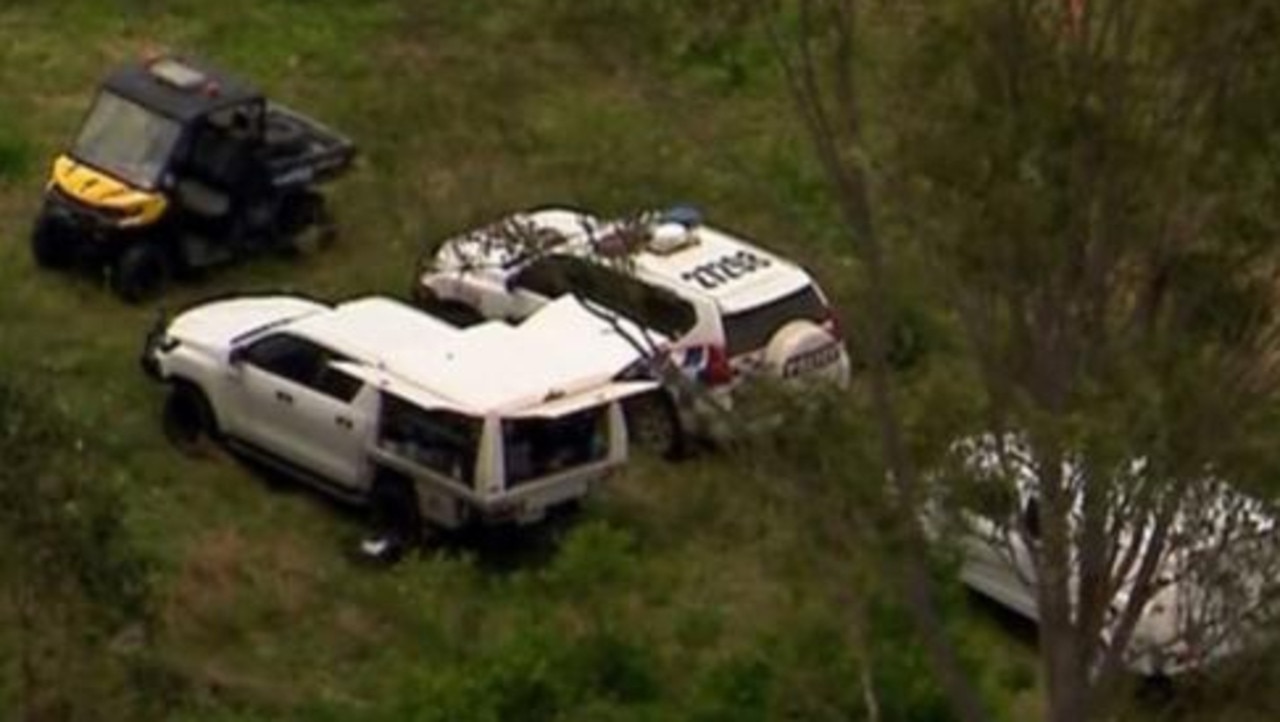‘It’s a life cycle’: Experts weigh in as Australia prepares to welcome 900k people to the country
Just short of one million people are expected to move to Australia in the next two years. Experts warn there are major problems coming too.

News
Don't miss out on the headlines from News. Followed categories will be added to My News.
The number of people set to call Australia home is about to soar, with new government forecasts predicting the nation’s population will jump by 900,000 people by the end of June, 2025.
In addition to the thousands of births that will occur, 650,000 migrants are anticipated to arrive in the country over the next two financial years.
These figures are based on adjustments made by Treasury officials to the fiscal statement’s economic forecasts as the Albanese government prepares to deliver the federal budget in six weeks’ time, The Australian reports.
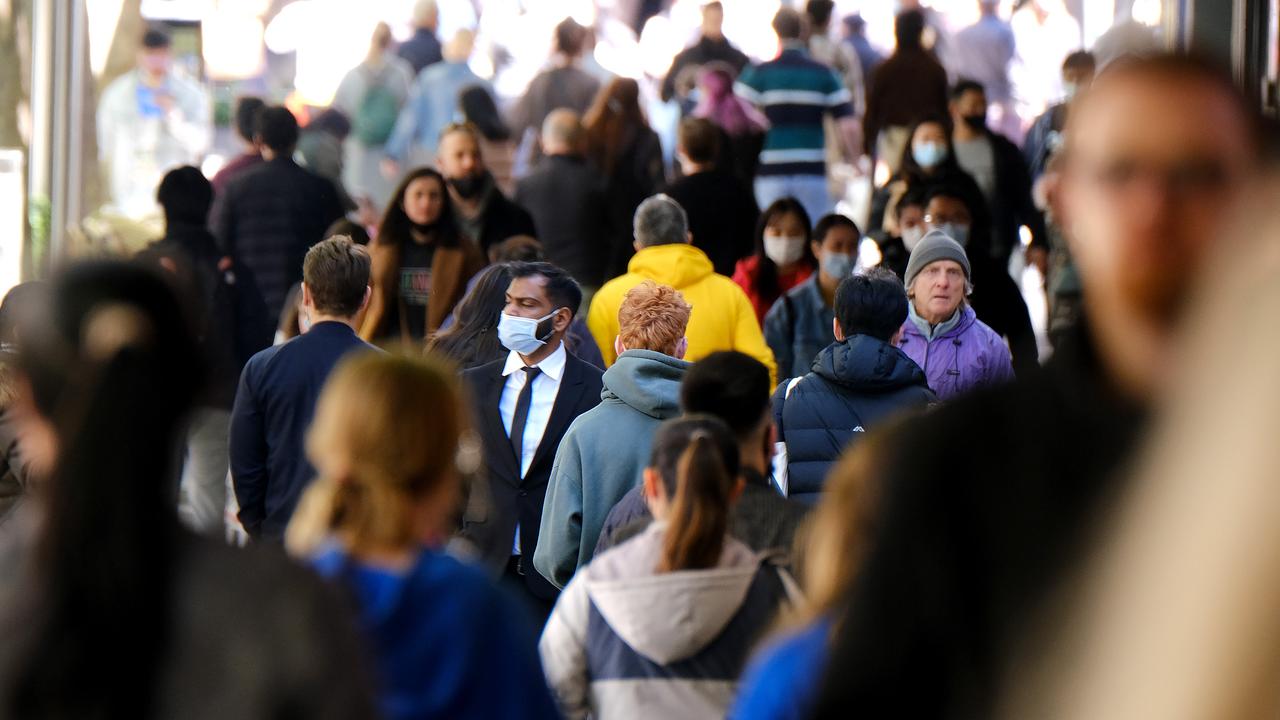
Simon Kuestenmacher, co-founder and director of research at The Demographics Group, said the upcoming population boom will be the biggest the nation has seen since 2008, also known as “Big Australia”.
“March 2008 was the biggest population intake on a quarterly basis that we had ever seen until September (last year), which was when we surpassed that,” he told news.com.au.
Australian Bureau of Statistics (ABS) data shows an extra 456,700 people called Australia home between the 2008 to 2009 financial year, with the growth rate 2.1 per cent higher than the average annual rate.
That number is now anticipated to double in the next 24 months, off the back of 106,000 migrants coming to Australia in the first quarter of the 2022-2023 financial year.
But while Australia may be renowned for its strong intake of migrants, these latest figures have worried Australians with some contemplating whether the nation is already at capacity.
On Thursday, western Sydney-based Mayor for Fairfield Frank Carbone told 2GB the city’s west was “full” with the rest of the country facing a similar fate.
“We can’t have 900,000 people coming in over two years when we can’t even build enough housing to accommodate that many people,” he said.
To find out if Mr Carbone is right, news.com.au sought opinion from a number of experts who were asked the question: Will Australia be negatively impacted by such a significant population boom?
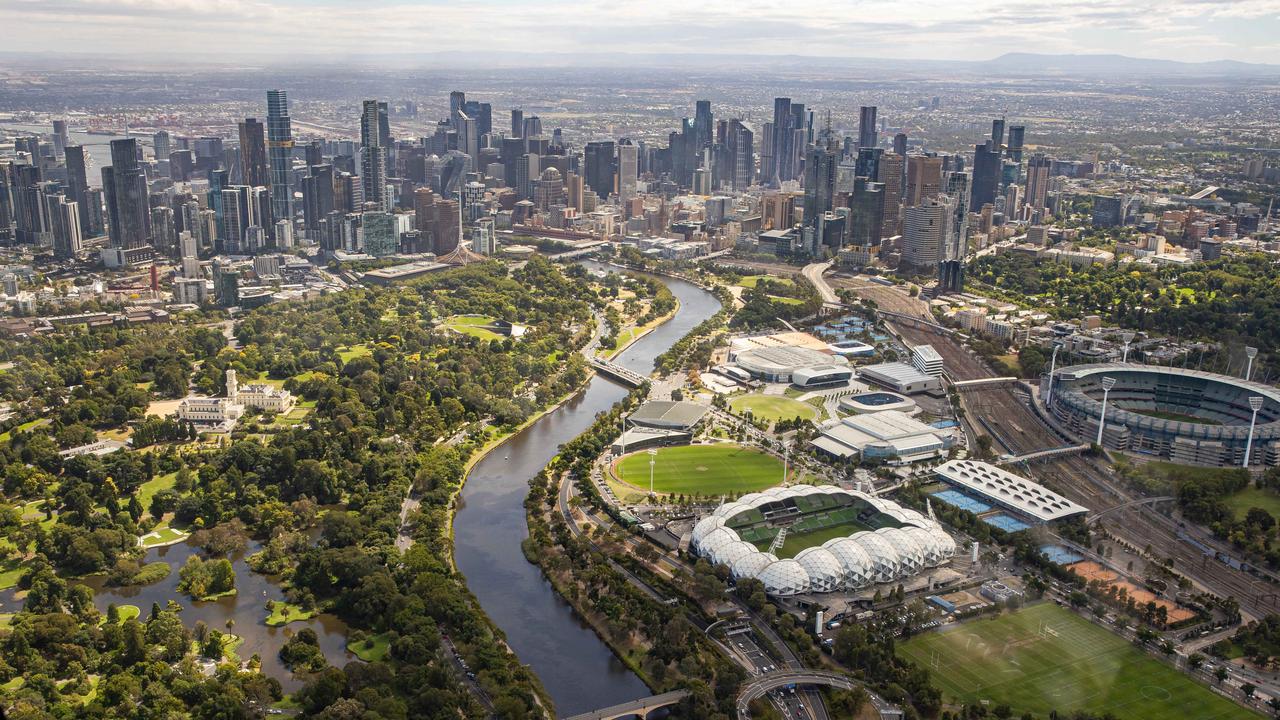
Migration back on the cards
Before determining whether Australia can cope with an influx of people, community planning and development lecturer at La Trobe University, Kiran Shinde, said it’s important to understand where the new arrivals are going.
The senior lecturer explained most migrants are leaving their home countries of Bangladesh, Sri Lanka, Pakistan, India and China to seek better education and employment opportunities.
Because they haven’t developed much geographical knowledge of Australia, most migrants choose to live in CBDs or areas that have community facilities and are close to their place of work or study.
The danger of this, Mr Shinde explained, is that as more migrants come to the cities, he anticipates the cost of housing and rents in these areas will rise, which will drive some people into the suburbs.
“When cities see so much growth, they also become more unaffordable for migrant communities to come in because they’re just trying to survive,” he said.
“So it will definitely be the suburbs and the satellite areas that will grow much faster.”

Mr Shinde also explained second and third-generation immigrants would add to the population boom as they were getting married – either to an Australian or someone overseas who would later migrate – and then have their own children.
“It’s a life cycle. We need to think about migration not just from migrants, but also the migrant families and migrant life cycle,” he said.
Rebecca Kippen, Associate Professor of demography at Monash University, added this year’s and next year’s migration figures are higher than usual due to Covid-19 lockdowns.
“The high migration for this current financial year, and projected for next financial year, is a temporary catch-up after migration was halted due to border closures during the pandemic,” she said.
As for why migrants are choosing Australia, demographer Simon Kuestenmacher said it’s because of all the opportunities Australia has to offer such as employment and democracy.
“We have an incentive to let people in and people want to come in,” he said.
“We have economic growth – the only thing that‘s holding us back really is affordability of lifestyle and that’s mostly linked to health. All other things come out in the wash as long as we fix health.”

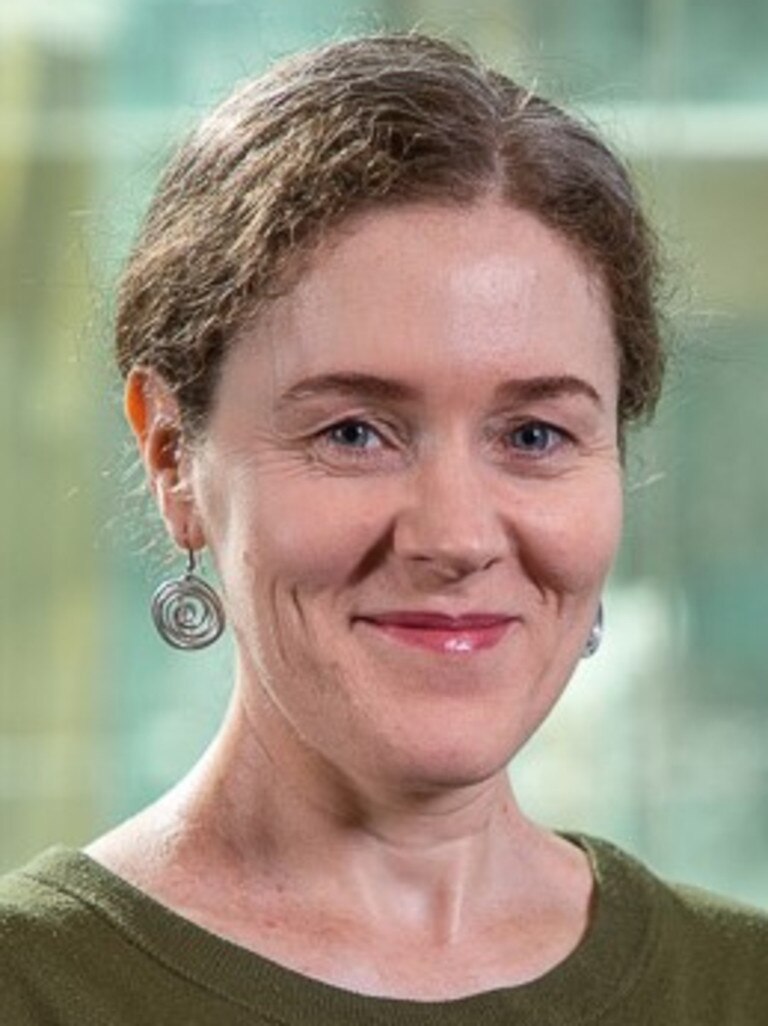
Can Australia handle the pressure?
Australians have their fair share of population-related issues to deal with already, including record-low rental vacancy and housing availability rates and congestion.
Thus, there’s no doubt many would be concerned about whether Australia’s infrastructure and systems have what it takes to handle an additional 900,000 people.
And there’s no sugar-coating it – our experts have shared similar thoughts too.
“Housing affordability and availability are perennial problems in Australia. As the population grows, and average household sizes become smaller, we continue to need substantial increases in housing supply,” Dr Kippen said.
Dr Shinde and Mr Kuestenmacher also said the housing sector would be the main area that would crumble under pressure as demand outweighs supply.
“The main story here is we need to build our way out of this, we need to develop housing like crazy, and quite a bit of changes need to happen systemically in Australia,” Mr Kuestenmacher said.
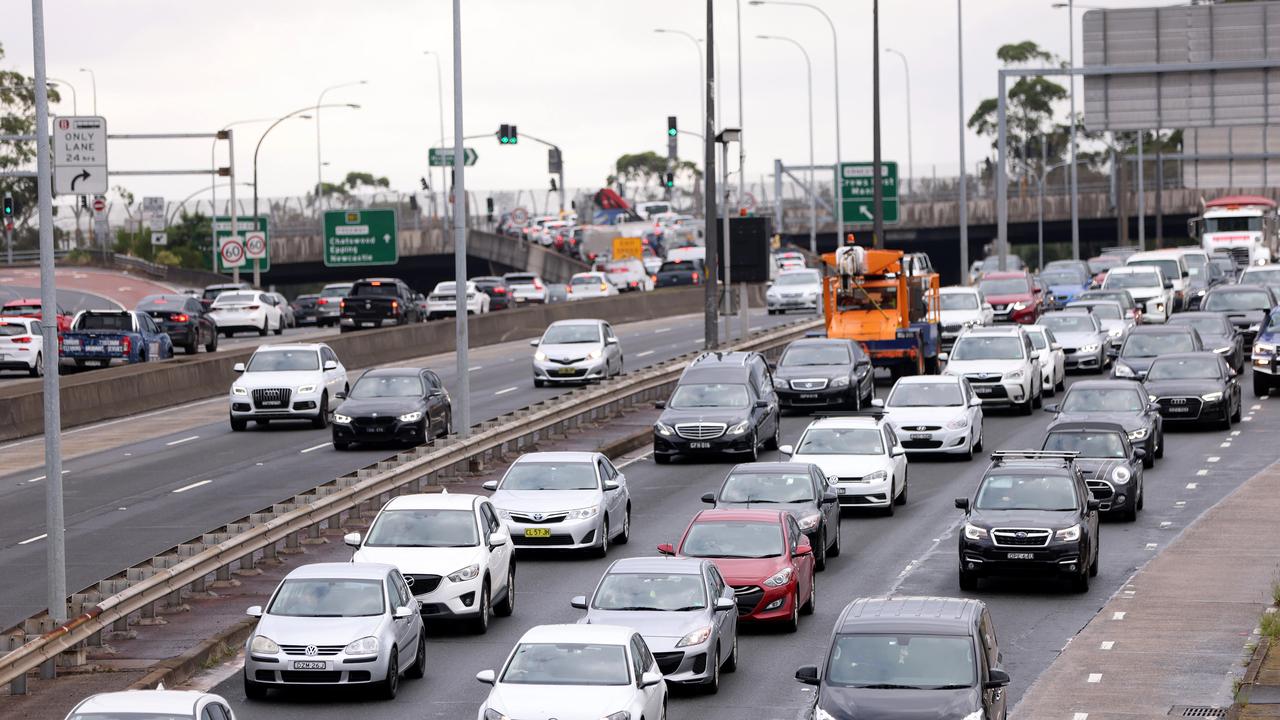
While this issue has been around long before Australia’s population growth, having more migrants come to the country could potentially exacerbate the problem.
One way to rectify this issue, Mr Kuestenmacher said, is by introducing a state-owned developer and having councils set targets that come with a consequence if they don’t meet them.
“A state-owned developer can provide housing super cheap, because they’re either building on council or state land, meaning that land is either for free or at the very least the land is cheap because they don’t pay taxes. Plus they can develop without a profit incentive,” he said.
“I would even go as far as saying each local government area gets a housing target, and if it fails to deliver that housing target funding gets withheld. Then if it fails again, the council gets put under administration.”
Mr Kuestenmacher and Dr Kippen also agree the country’s infrastructure is lacking, so further improvements would need to be made to enhance the nation’s transport, communications and school systems.
“We (will) need better long-term planning for infrastructure – such as public transport (and) schools – so that our cities are able to keep up with continued population growth,” Dr Kippen said.
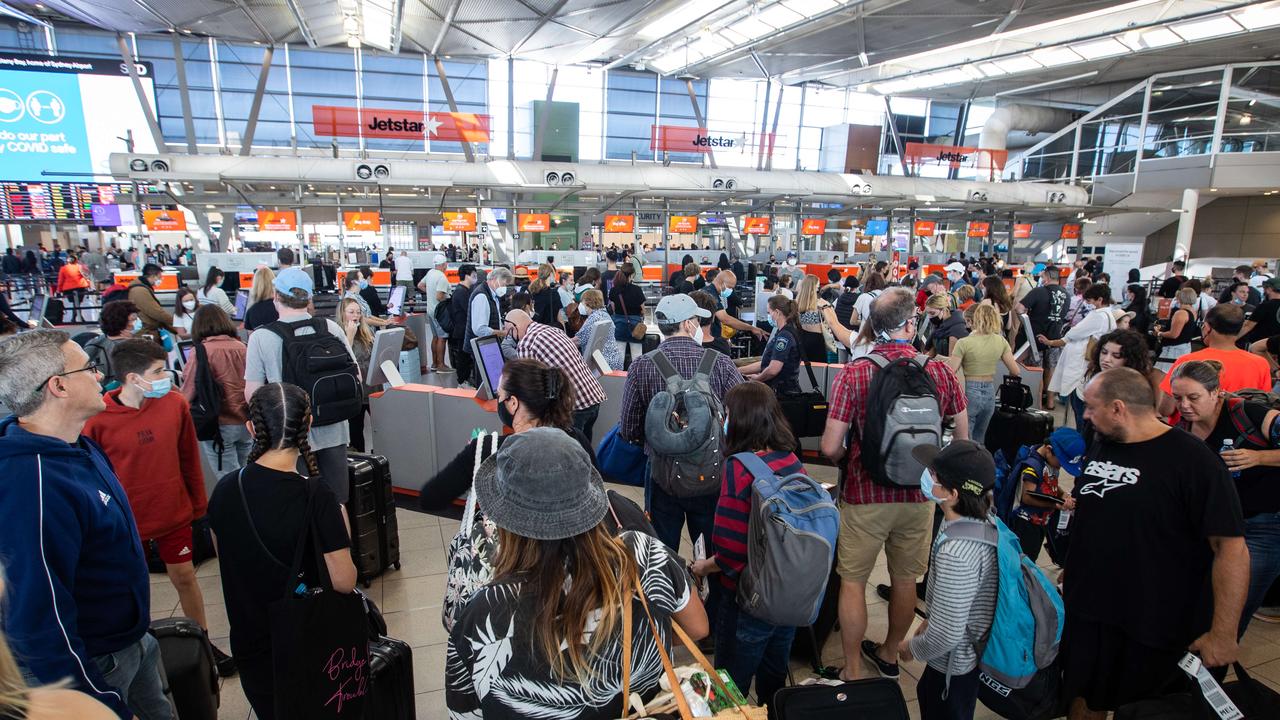
Fortunately, it’s not all bad news
While the numbers seem daunting, Dr Shinde said Australians might be panicking about overpopulation for no real reason.
“This whole number crunching is always very political. It doesn‘t really translate in the same manner on the ground in two years,” he said.
The La Trobe academic said visas take time to process, people change their mind and global challenges arise which could change migrant trajectory.
“There’s so many numbers, but numbers are only one part of it,” he said.
“There is a lot of qualitative decision making that happens beyond those numbers and people don‘t work like numbers … Everybody’s a decision maker in their own sense.”
Meanwhile Dr Kippen added that longer-term population growth from 2019 to 2024 is likely to be lower than projected due to the pandemic.
“So the current high migration is likely to be a temporary blip,” she said.

As for migration itself, Mr Kuestenmacher said it does come with positive impacts including contributing to the growth of the nation’s gross domestic product (GDP).
“Growing our population base is the simplest way of growing GDP or becoming rich as a nation or having more money, at least theoretically to throw at infrastructure and rising costs,” he said.
He also added that migration is “absolutely needed” given the rate Australia’s population is ageing.
“We are doubling the population (of those) aged 85 plus over the next 12 years,” he said.
“(People aged) plus 85 will require care and at the moment we have nowhere near enough care workers and we don’t have a pipeline that comes even close to servicing the demand.”
While Australia’s population boom might fall short of 900,000 in two years‘ time, all three experts agree this news serves as a reminder that Australia’s infrastructure and systems need to be improved to keep pace with the times.
Originally published as ‘It’s a life cycle’: Experts weigh in as Australia prepares to welcome 900k people to the country








